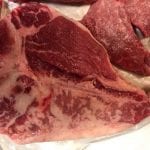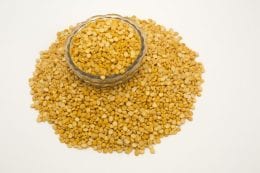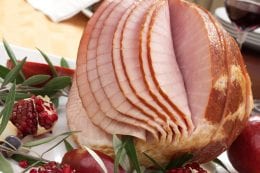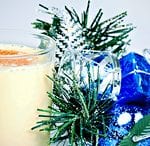 Since 2011, more than 20 foodborne illness outbreaks have occurred from North American produce. The foods involved were cantaloupe, romaine lettuce, cucumbers, frozen vegetables and others. In 2018 alone, romaine lettuce has been linked to two large recalls. This is costly not only in illnesses and unfortunate deaths, but complete disruption in the supply chain.
Since 2011, more than 20 foodborne illness outbreaks have occurred from North American produce. The foods involved were cantaloupe, romaine lettuce, cucumbers, frozen vegetables and others. In 2018 alone, romaine lettuce has been linked to two large recalls. This is costly not only in illnesses and unfortunate deaths, but complete disruption in the supply chain.
Produce safety is an ongoing challenge. Safe potable water is critical for growing produce, but also in harvest and processing. If water is high in mineral deposits, it can cause pathogen survival. Soil residue also impacts cleanliness and sanitation.
Water temperature will change the sanitizer stability and efficacy. If water is too cold, the sanitizer will not work properly. If water is too hot, sanitizers can vaporize and release toxic gases. Produce quality can also be affected which can reduce shelf life. The acidity or pH of water must also be monitored.
Contact time of sanitizers and disinfectants will dictate the effectiveness. If left on too long, off flavors will linger and can become a chemical hazard.
The produce surface texture can trap bacteria or make them difficult to remove soil and debris. Bruises and other damage also lead to ineffective cleaning.
Learn more at https://bit.ly/2rAy36g.




